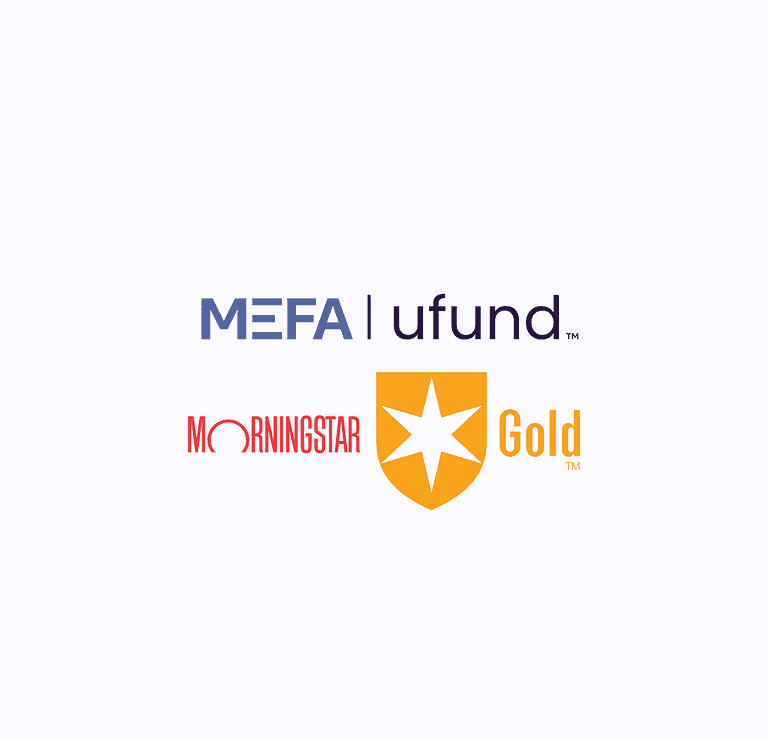If you’re planning to borrow for college costs, the first loans you should take are Federal Direct Student Loans, which we’ll shorten here to federal student loans, due to their many benefits and flexible repayment options. Read below to find out how to acquire them, their key features, and more.
Eligibility
Every student eligible for federal aid who is enrolled at least half time in an eligible program may borrow a federal student loan, but you’ll only receive one if you submit the FAFSA®. Once your FAFSA is processed, the loans will be included in your financial aid offer.
The Borrower
The student, and only the student, is the sole borrower on federal student loans. Since many students don’t have an established credit history, there are no credit checks required before being approved for a federal student loan.
Interest Rate
The interest rate on federal student loans is set annually in late spring and is fixed for the life of each academic year’s loans. The rate is set by the federal government and is tied to the rate of the 10-year Treasury note. You can view the current interest rate here.
Fees
Federal student loans have origination fees that change each year. You can find the most current fee here. The fee is deducted directly from the loan amount before the loan funds are provided to the student.
Loan Limits
Federal student loans have both annual and lifetime limits. For most dependent (dependency is determined by the FAFSA), undergraduate students, the maximum amount you can borrow is $5,500 for freshman year, $6,500 for sophomore year, and $7,500 for both junior and senior year (and you can certainly borrow less!). These loan amounts are the same for everyone, regardless of family financial status. For most dependent students, the maximum amount you can borrow in federal student loans as an undergraduate is $31,000, and no more than $23,000 of this may be subsidized.
Subsidized vs Unsubsidized
Federal student loans come in two formats: Subsidized and Unsubsidized.
Subsidized and Unsubsidized Loans
- Both Subsidized and Unsubsidized Loans accrue interest while you’re in school, but the U.S. Department of Education will pay the interest on your Subsidized Loan during your in-school period (including graduate school) or any deferment period and until six months after you graduate or drop below half-time enrollment. That means the Subsidized Loan will ultimately cost you less over time than your Unsubsidized Loan.
Subsidized Loans
- Subsidized Loans are awarded based on financial need, and the college financial aid office will determine the amount you’re eligible to receive in a Subsidized Loan.
- You can receive, at max, $3,500 in a Subsidized Loan for freshman year.
Unsubsidized Loans
- You don’t have to demonstrate any financial need to receive an Unsubsidized Loan.
- You can receive, at max, $5,500 in an Unsubsidized Loan for freshman year. And the combination of your Subsidized and Unsubsidized Loans cannot exceed $5,500.
- Though your Unsubsidized Loan will accrue interest while you’re in school, you don’t need to pay that interest until six months after you graduate or until you drop below half-time enrollment. However, if you’d like to pay back the interest as it accrues, contact your loan servicer (find your servicer by logging in to studentid.gov).
- The interest that accrues on the Unsubsidized Loan is not added to the principal amount of the loan until after the end of your grace period (the six months following your graduation).
Entrance Counseling
Before borrowing a federal student loan, you must complete a process called entrance counseling, which provides a high-level overview of the loan you’re about to borrow. The majority of colleges will require you to complete entrance counseling online, and those schools will provide you the URL to do so. The one-time process takes 20–30-minutes, and only the student (and not the parent) may complete entrance counseling.
Master Promissory Note
The Master Promissory Note (MPN) is a legal document that must be signed by the federal student loan borrower pledging that the borrower will repay the loan plus interest to the loan holder. You can sign your MPN online.
Lender
The lender of federal student loans is the U.S. Department of Education, though most of the contact will be with the loan servicer.
Additional Funds
If a parent is denied a Federal PLUS Loan, the student can receive an additional $4,000 Unsubsidized Loan. Contact the college’s financial aid office for more details.
Exit Counseling
After you leave school or drop below half-time enrollment, you’ll need to complete a process called exit counseling, a tutorial that provides information to help you prepare to repay your federal student loans. Within exit counseling you’ll learn about different repayment options, key terms, and why it’s imperative that you stay on top of repayment. Studentaid.gov has an online exit counseling tool that many colleges use, though your school may have other requirements. Check with your financial aid office for details.
Repayment
Upon graduating or leaving school, you have multiple repayment options for your federal student loans. Each repayment plan offers a unique set of features and benefits, and depending on your personal situation, one plan might fit your lifestyle better. How do you pick the correct one? We suggest reading more about federal student loan repayment plans and using the Loan Simulator offered through the Department of Education.
There is no prepayment penalty. You may begin repayment while in school and may also repay the loan more quickly than the standard repayment schedule. You also have the option to defer your federal student loans if you are enrolled at least half time in graduate school.
As always, don’t hesitate to contact us if you have any questions. We can be reached at [email protected] and (800) 449-MEFA (6332).










